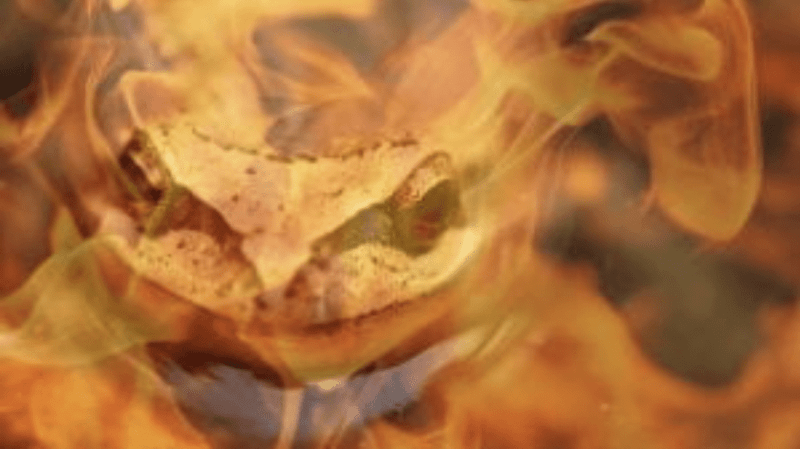
Frogs Under Fire
By Christina Renowden (@eco_christinar), Class of 2020.

For over 200 million years, frogs have been happily chirping, peeping and hopping about the planet. Often referred to as a barometer of a healthy environment, frogs, now sadly, are increasingly under fire. Are their nightly calls diminishing to the point that we cannot hear their soft, melodic voices warning us the planet is in peril?
I have always had an affinity with frogs, they were my introduction to the world of conservation. It all started when I rescued tadpoles and ‘metamorphs’ (baby frogs) from our pool which was to be chlorinated – I have been chasing frogs one way or another ever since.
For many others that I have spoken to over the years, frogs have also enlightened their childhood memories. Where ‘tad-poling’ in the local creek enabled children to marvel at one of nature’s most fascinating processes: metamorphosis.
But such stories and experiences with frogs, particularly in urban areas where most of us live, I no longer hear. Rather, I am bombarded by stories of disease decimating frog populations, habitat loss and the increased threat they face due to fire and climate change.
When I consider the Black Summer bushfire season in 2019/2020, in which over 1 billion animals perished and millions of hectares of bush were burnt, my heart hurts just thinking of the frogs. While I know some species have evolved to survive fire, many will struggle to recover.
To survive or not to survive fire
Considering Australia is a fire-prone continent – it gives me hope that frogs, having evolved with fire, will know what to do when they strike. Indeed, research shows that some frogs display an amazing adaptation to an approaching fire as they leap to their hiding places under logs, rocks, or in water. Some frogs are even cued by the sound of fire allowing them to hop away and hide.

So, even when temperatures get extremely hot in fires, frogs bunkered underground or in water remain relatively cool. In some cases, frogs will emerge after fire and be heard calling for a mate; provided there is available water. However, not all frogs respond to bushfire in the same way.
Problems arise when fires are more intense and hotter, as we saw in the Black Summer fires, recovery becomes considerably tougher and threats can intensify.
With little refuge left, frogs are easy prey for lurking predators such as cats, foxes, and birds. Some species like foxes hone in on burnt areas as easy prey are left vulnerable.

The bad news continues. As the fire subsides, there is less insect prey available and frogs are often left homeless and hungry. Compounding the issue can be rain after fire washing ash into the waterways leaving frogs with unsuitable breeding habitat.
It’s time for citizen action
Throughout my time as a frog researcher, science communicator and all-round nature advocate, frogs have claimed the undesirable title of being one of the most threatened vertebrate groups in the world. For a group of animals already facing mass extinction, higher risk of fire under current climate scenarios is of real concern to me and other frog-lovers around the world. Responding to the dwindling frog populations in Victoria, and beyond is a nation-wide citizen science program designed to monitor frogs and track their recovery overtime.
And there is already good news coming from such programs. After the 2019/2020 fires, 45 frog species have been recorded by everyday citizens armed with their smart phones and the Frog ID app. While we don’t have the full- or long-term picture yet, it provides an important snapshot of what is happening with some frog species after the fires.
Hopefully, through such programs, researchers will have a more informed understanding of how to respond and conserve frogs into a fire-prone future. And I for one will keep spreading the good word about these wonderful sentient creatures we share the planet with.

Categories